-
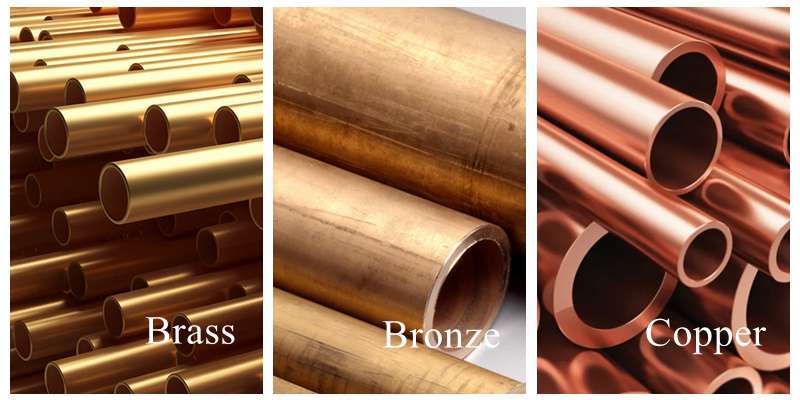
Copper vs. Brass vs. Bronze: What’s the Difference?
Sometimes referred to as the ‘red metals’, copper, brass and bronze can be difficult to tell apart. Similar in colour and often marketed in the same categories, the difference in these metals may surprise you! Please see our comparison chart below to give you an idea: &n...Read more -
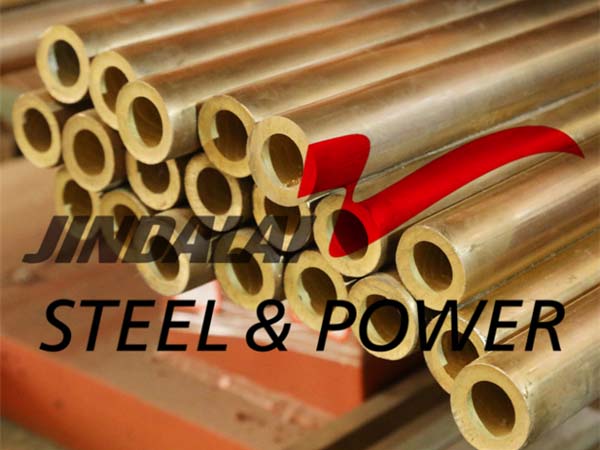
Learn About the Properties and Uses of Brass Metal
Brass is a binary alloy composed of copper and zinc that has been produced for millennia and is valued for its work ability, hard ness,corrosionresistance, and attractive appearance. Jindalai (Shandong) Steel ...Read more -
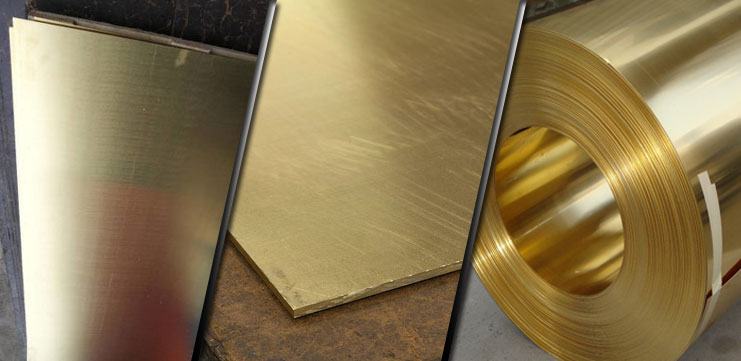
Know more about brass metal materials
Brass The use of brass and copper dates back centuries, and today is used in some of the latest technologies and applications while still being used is more traditional applications such as musical instruments, brass eyelets, ornamental articles and tap and door hardware...Read more -
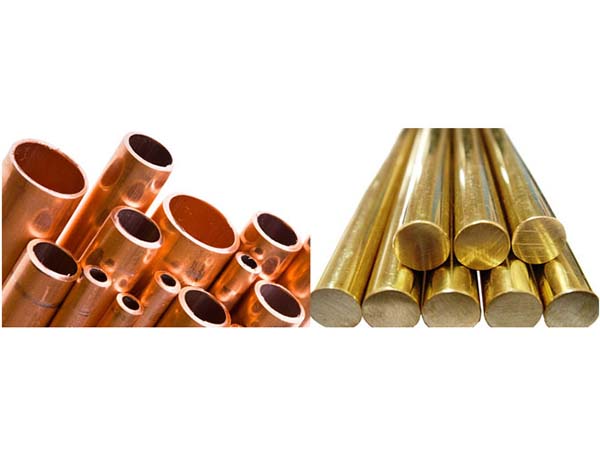
How to differentiate between Brass and Copper?
Copper is pure and single metal, every object made of copper exhibit the same properties. On the other hand, brass is an alloy of copper, zinc, and other metals. The combination of several metals means that there is no single foolproof method to identify all brass. Howev...Read more -
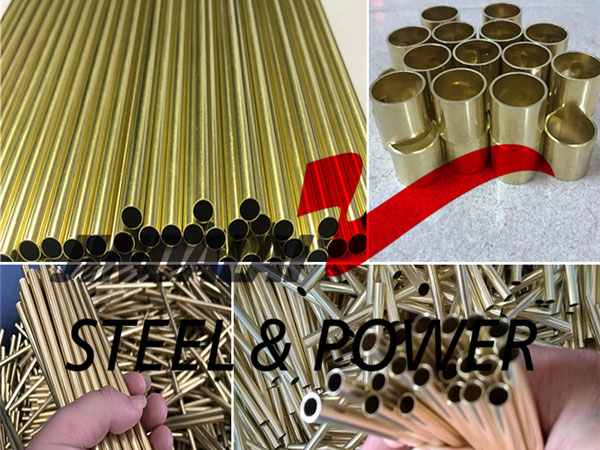
Common uses of brass materials
Brass is an alloy metal that is made of copper and zinc. Due to brass's unique properties, which I'll go into more detail on below, it is one of the most widely used alloys. Because of its versatility, there are seemingly endless industries and products making use of thi...Read more -

Types and Grades of Aluminum Coil
Aluminum coils come in several grades. These grades are based on their composition and manufacturing applications. These differences allow aluminum coils to be used by different industries. For example, some coils are harder than others, while others are more pliable. Kn...Read more -
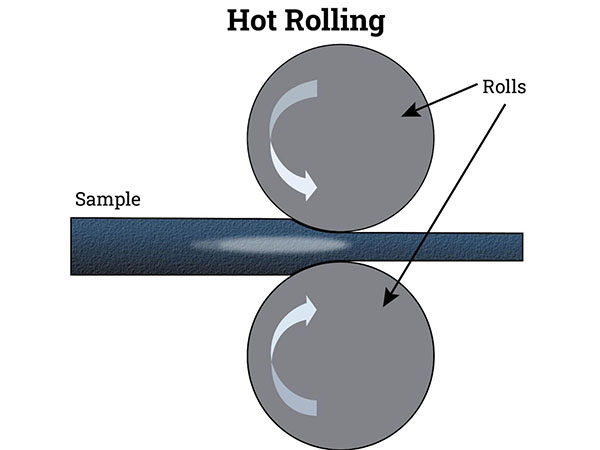
How Aluminum Coils are Manufactured?
1. Step One: Smelting Aluminum is made using electrolysis on an industrial scale and aluminum smelters need a lot of energy to run efficiently. Smelters are frequently located adjacent to major power plants due to their requirement for energy. Any increase in the cost of...Read more -
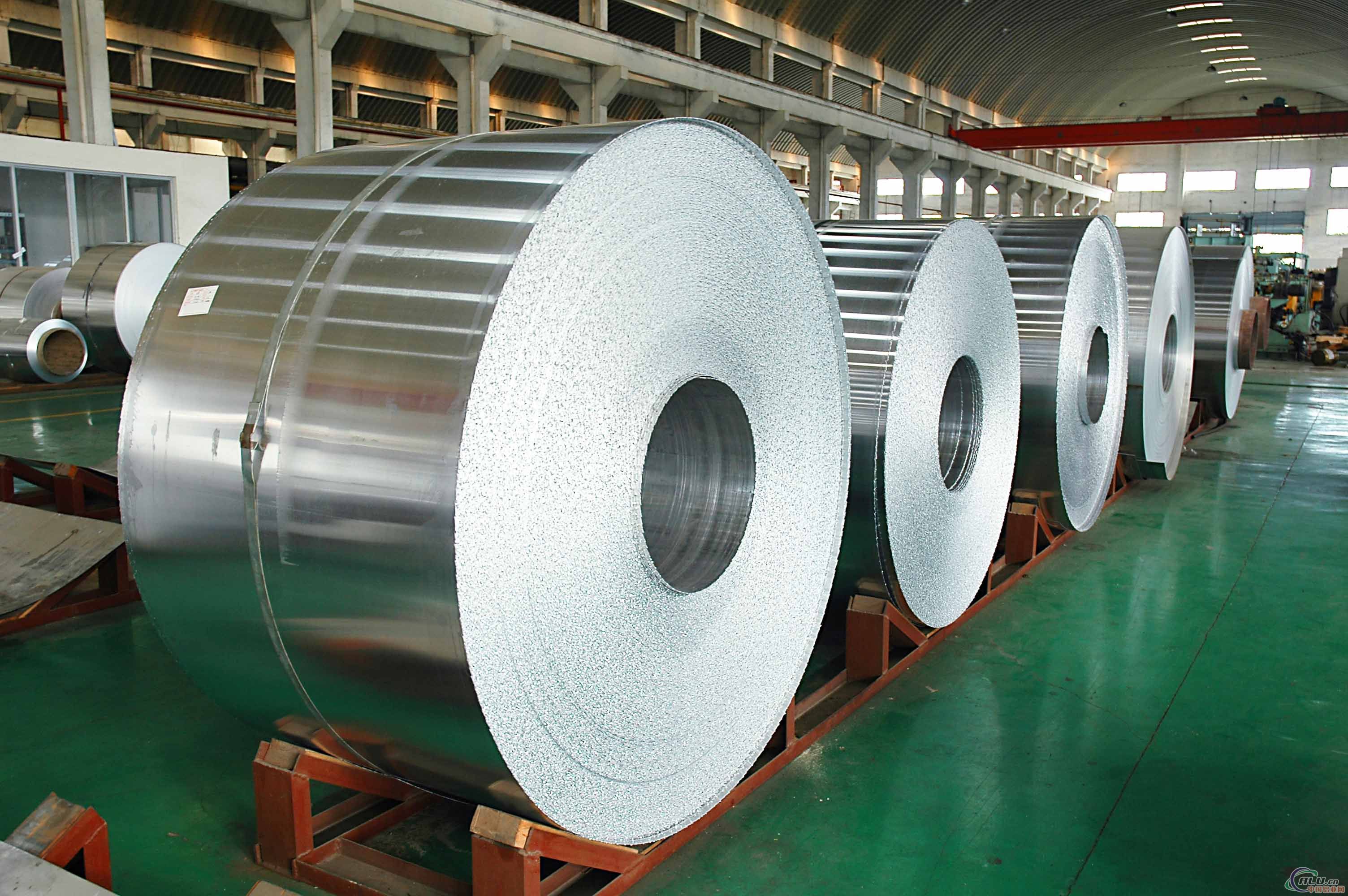
Applications, Advantages, and Disadvantages of Aluminum Coil
1. Applications of Aluminum Coil Aluminum is a particularly useful metal due to its distinguishing qualities, including malleability, resistance to rust and corrosion, etc. Numerous industries have taken aluminum coil and utilized it in a variety of ways. Below, we featu...Read more -

Welded vs seamless stainless steel tube
Stainless steel tubing is one of the most versatile metal alloy materials used in manufacturing and fabrication. The two common types of tubing are seamless and welded. Deciding between welded vs. seamless tubing primarily depends on the application requirements of the p...Read more -
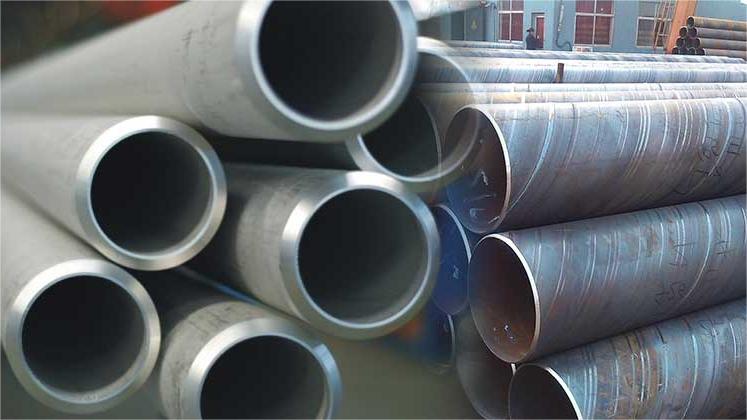
Welded Pipe VS Seamless Steel Pipe
Both Electric resistance welded (ERW) and seamless (SMLS) steel pipe manufacturing methods have been in use for decades; over time, the methods used to produce each have advanced. So which is better? 1. Manufacturing welded pipe Welded pipe starts out as a long, coiled r...Read more -
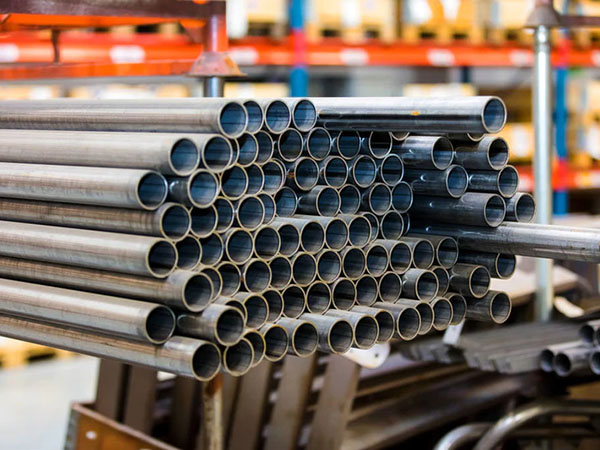
Types of steel – Classification of steel
What is Steel? Steel is an alloy of Iron and the principal (main) alloying element is Carbon. However, there are some exceptions to this definition like interstitial-free (IF) steels and type 409 ferritic stainless steels, in which carbon is considered as an impurity. Wh...Read more -
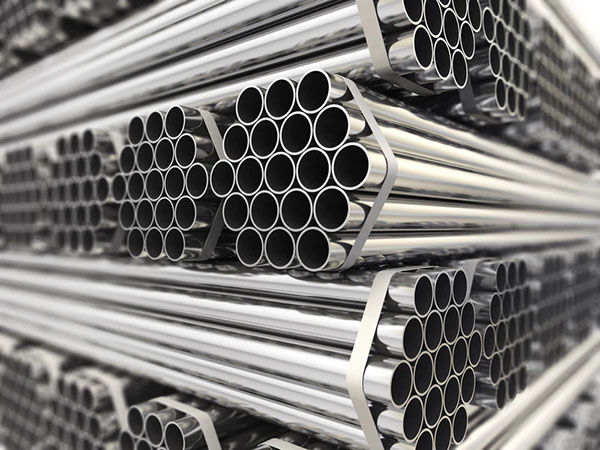
What is the Difference in Black Steel Pipe & Galvanized Steel Pipe?
Water and gas require the use of pipes to carry them into residential homes and commercial buildings. Gas supplies power to stoves, water heaters and other devices, while water is essential for other human needs. The two most common types of pipes used to carry water and...Read more


